What Material is Used for Car Door Panels?
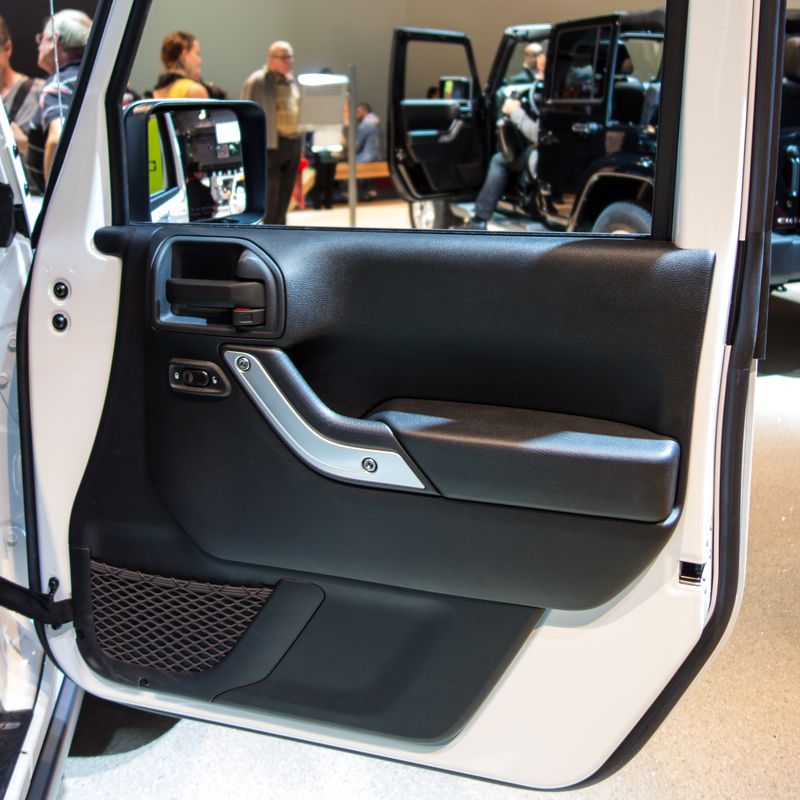
Have you ever noticed that 80% of drivers prioritize interior comfort? A big part of that feeling comes from something we all interact with daily—the car door panels.
We're here to take you on a journey through the world of car door panel materials, exploring everything from the every day to the cutting-edge. Whether you're a car lover or just curious about what's behind your vehicle's interior, we've got plenty to share!

Table of Contents
Common Materials Used in Car Door Panels
Advantages and Disadvantages of Different Door Panel Materials
Role of ABS Plastic and PVC in Door Panel Manufacturing
Use of Metal Bases in Door Panel Construction
Plastic Welding Processes in Car Door Panel Production
Heat Staking Welding Technology for Door Panels
Innovations in Plastic Welding: Laser Welding in the Automotive Industry
DIY Plastic Welding for Car Door Panel Repairs
Maintenance Tips: Cleaning & Repairing Door Panels
FAQs
Conclusion
Common Materials Used in Car Door Panels
Car door panels are a big part of what makes your car's interior safe, comfy, and cool to look at. They're like a shield for the doors, protecting what's inside while adding style.
Structural Support: Aluminum or Steel
These metals are like the bones of the door panel. They keep it strong and in shape. Aluminum is tough but light, helping your car save gas.
Steel is extra sturdy and often used in bigger vehicles. According to the Automotive Manufacturing Association, aluminum usage has risen by 15% since 2020.
Foamed Core: Polyurethane Foam
Why does your car stay quiet and cozy, even on a loud street? That's polyurethane foam at work! This soft, squishy stuff sits inside the panel to block noise and keep the heat or cold just right.
Plastics: PVC Boards and ABS Plastic
Plastics are super useful in car door panels. PVC boards are strong and can take a beating, while ABS plastic is perfect for shaping things like button spots or handle areas.
These automotive door panel materials are tough, bendy, and great at doing lots of jobs in the panel.
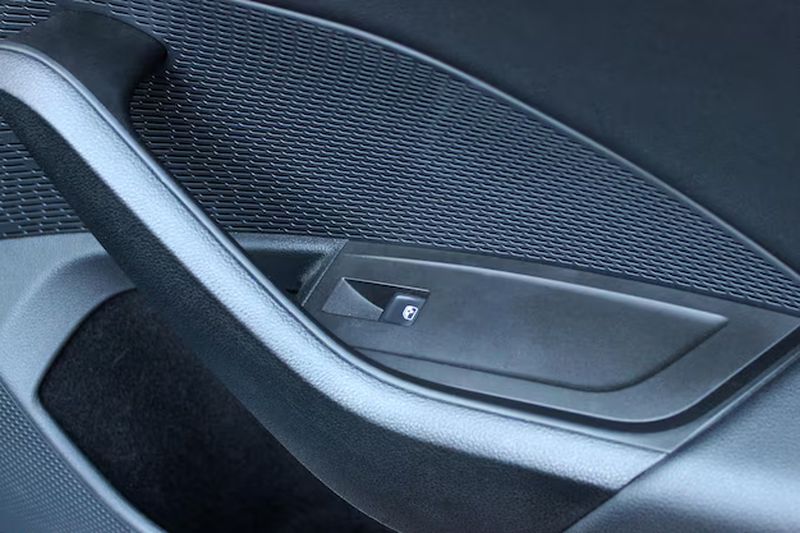
Covers: Textiles and Other Plastics
The part you see and touch is usually covered with textiles—like fabric or leather—or smooth plastics. These covers make the door look nice and feel good.
Other Materials: Wood-Based Products, Honeycomb Plastics, and Composite Materials
Some cars use fancier stuff. Wood-based products, like plywood, give a classy vibe to luxury cars. Honeycomb plastics are light but super strong, kind of like a beehive. Composite car interior door panel materials mix different things to be strong and light at the same time.
Advantages and Disadvantages of Different Door Panel Materials
When selecting car door panel materials, it's essential to weigh the pros and cons to find the best fit for your needs.
ABS Plastic
Advantages:
ABS plastic stands out for its durability and flexibility. It resists impacts and scratches, making it ideal for long-lasting door panels. Its moldability allows for intricate designs, such as integrated button or handle spaces, enhancing both function and aesthetics.
Disadvantages:
The trade-off is cost—ABS plastic tends to be more expensive than other options. Additionally, it's not suited for high-temperature environments (e.g., a car parked in direct sunlight), as it may warp or deform over time. Warping occurs above 80°C.
PVC Boards
Advantages:
PVC boards are a budget-friendly choice. They're lightweight and easy to manipulate, making them a practical option for simple or temporary door panel solutions. Their affordability appeals to those looking to minimize expenses.
Disadvantages:
Durability is a weak point. PVC boards are prone to cracking or breaking under stress and don't hold up as well as ABS plastic over time, limiting their use in demanding conditions.
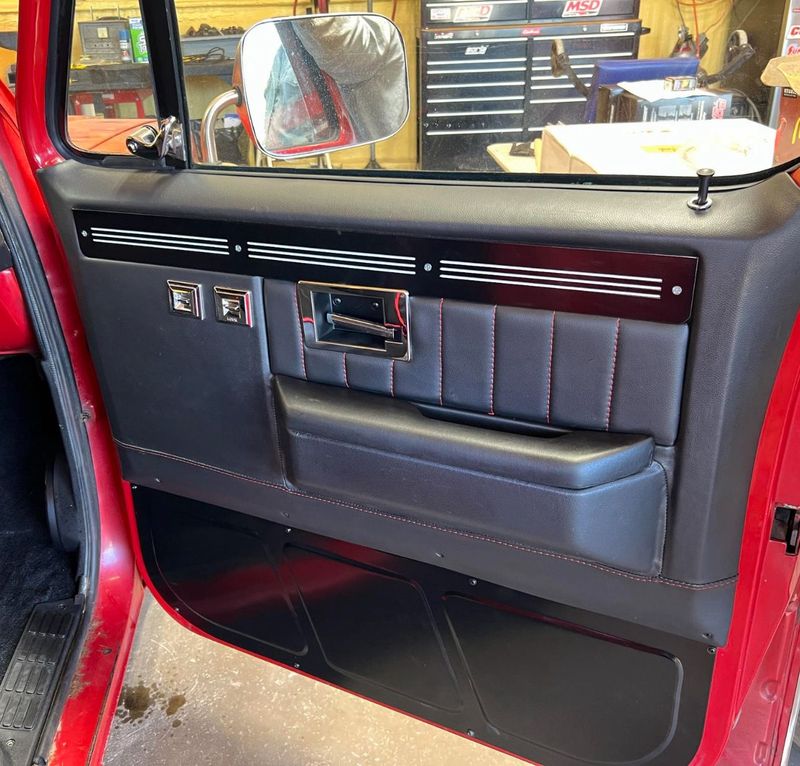
Thin Metal Bases (Aluminum or Steel)
Advantages:
Metals like aluminum or steel offer unmatched strength and durability. They provide excellent structural support, making them a top pick for vehicles requiring robust panels, such as trucks or SUVs. These automotive door panel materials can withstand significant wear and tear.
Disadvantages:
Their weight is a notable drawback, potentially reducing fuel efficiency. They're also susceptible to corrosion, especially in wet conditions, and may need extra insulation or coatings to maintain performance.
Plywood or Upholstery Panel Board
Advantages:
Plywood or panel boards bring a classic, customizable vibe, often seen in vintage cars. They're easy to paint or upholster, allowing for personalized designs. Additionally, they excel at sound insulation, contributing to a quieter ride.
Disadvantages:
These car interior door panel materials are less durable and prone to warping under moisture or heat. Regular maintenance, such as sealing or drying, is often required to keep them in good shape.
Summary Table
Material |
Advantages |
Disadvantages |
|---|---|---|
ABS Plastic |
Durable, flexible, easy to mold |
Expensive, not great in high heat |
PVC Boards |
Cost-effective, lightweight |
Less durable, can crack or break |
Thin Metal Bases (Aluminum/Steel) |
Strong, durable |
Heavy, can rust or corrode |
Plywood/Upholstery Panel Board |
Classic look, customizable, good for soundproofing |
Prone to warping, needs regular care |
Role of ABS Plastic and PVC in Door Panel Manufacturing
Building on the fundamental characteristics of ABS and PVC mentioned in Section 2, this section delves into their core roles in door panel manufacturing.
ABS Plastic: The Star of the Show
ABS plastic is often the go-to choice for the main part of the door panel. Why? Because it's durable and flexible, which means it can handle all the opening, closing, and occasional bumps without cracking.
Plus, it's easy to shape into cool designs—like those spots where buttons or handles fit perfectly. Ever notice how some car doors have sleek, built-in controls? That's ABS plastic making it happen! It's also great at resisting scratches, so your door panel stays looking sharp for years.
PVC: The Budget-Friendly Helper
This car door panel material is usually used for the backing or support part of the door panel. It's super light, which helps keep the car from being too heavy, and it's cheap to make. That's why you'll often find PVC in cars that are trying to save on costs, like smaller, budget-friendly models.
But, there's a catch—PVC isn't as tough as ABS plastic. ABS has a tensile strength of 40 MPa vs. PVC's 25 MPa. It can crack or break if it's put under too much stress.
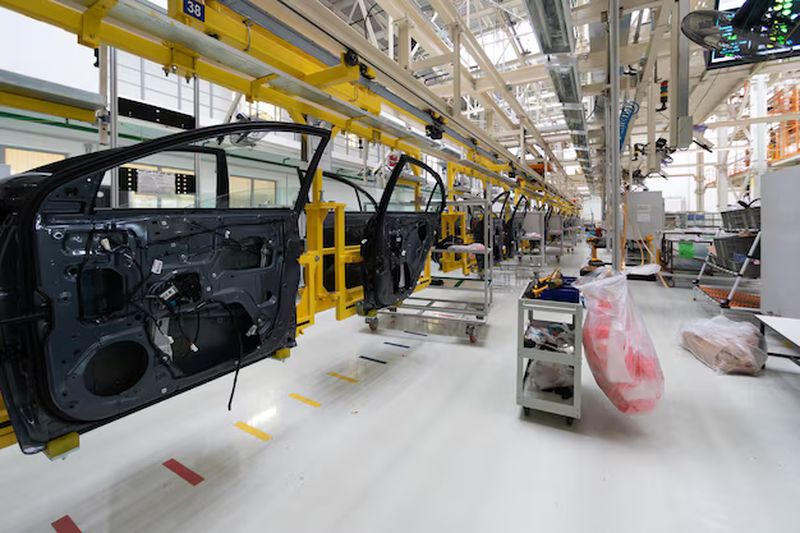
Real-Life Examples
In luxury cars, ABS plastic is used for integrated touch panels due to its high precision molding capabilities, while PVC backplates in economy cars are used to reduce overall vehicle costs through lightweight construction.
Both auto interior door panel materials do their job, but they're chosen based on what the car needs—like whether it's all about style or saving money.
Use of Metal Bases in Door Panel Construction
When it comes to building car door panels, metal bases are like the sturdy skeleton that holds everything together.
Types of Metals Used: Aluminum and Steel
There are two main metals you'll find in indoor panels: aluminum and steel. Each has its superpowers!
- Aluminum: It's great for cars because it doesn't weigh much, which helps the car use less gas. It stays strong even in wet or salty conditions.
- Steel: It's super strong and cheaper than aluminum, making it a go-to for bigger vehicles like trucks or SUVs.
How Metal Bases Fit Into the Door Panel
Metal bases aren't the only part of the door panel—they're just the start. Imagine the metal base as the backbone, and then other automotive door panel materials like plastics, foam, or fabrics are added on top.
For example, plastics might be used to shape the panel, while foam helps keep the car quiet and comfy. The metal base holds it all together, making sure the panel stays solid and doesn't fall apart.
Plastic Welding Processes in Car Door Panel Production
Plastic welding is a vital part of making car door panels. It's the process of joining plastic pieces together to form a strong, seamless panel that's ready to handle everyday use.
Why Use Plastic Welding for Door Panels?
Car door panels take a beating—think of constant opening, closing, and the occasional bump. Plastic welding ensures they're up to the task. Here's why it's such a smart choice:
- Strong Bonds: Welded plastic holds up under pressure, keeping panels intact.
- Lightweight: No need for heavy screws or bolts, which helps the car stay fuel-efficient.
- Smooth Finish: Welding leaves no messy seams or visible fasteners, giving panels a clean, polished look.
Common Plastic Welding Techniques
There are several ways to weld plastic, each with its unique flair. Here are the top techniques used in car door panel production:
- Hot Plate Welding: Picture a hot plate melting the edges of two plastic pieces. Once melted, they're pressed together to cool and bond. It's ideal for large, flat sections of the panel.
- Ultrasonic Welding: This method uses high-frequency sound waves to create heat, melting the plastic where the pieces meet. It's quick and precise, making it perfect for smaller parts like clips or brackets.
- Vibration Welding: Here, plastic pieces are vibrated so fast that friction heats and melts them together. It's excellent for bigger components and delivers a rock-solid connection.
Comparison of Welding Methods
Welding Method |
Speed |
Cost |
Applications |
|---|---|---|---|
Hot Plate Welding |
Moderate |
Moderate |
Large, flat sections of panels |
Fast |
High |
Smaller parts like clips or brackets |
|
Vibration Welding |
Moderate |
Moderate |
Larger components, solid connections |
How Plastic Welding Fits Into Door Panel Production
Plastic welding is a crucial step in assembling a car door panel. Here's how it fits into the process:
- Shaping the Plastic: Plastic sheets (like ABS or PVC) are molded into the shapes needed for the panel.
- Welding the Pieces: The molded pieces are then welded together—think main panels fused to frames or speaker mounts attached securely.
- Adding Other Layers: Once welded, foam or fabric layers are added for comfort and a stylish finish.
Heat Staking Welding Technology for Door Panels
Heat staking is a smart way to attach small parts to car door panels without screws or glue.
How It Works
The process is simple and clever:
- Plastic Studs: The door panel has small plastic bumps called studs molded into it.
- Fitting the Part: The part to be attached, like a bracket, has a hole that slides over the stud.
- Heating: A special tool heats the stud until it gets soft and melty.
- Shaping: The tool presses down, squashing the stud into a flat head that locks the part in place.
- Cooling: As the plastic cools, it hardens, forming a tight, permanent hold.
Why It's Great
Heat staking has some big advantages:
- Speed: It's super fast, attaching parts in seconds, which is perfect for busy car factories.
- Cost: It doesn't need extra car door panel materials like screws or glue, saving money.
- Looks: The joint is clean and smooth, with no visible fasteners to ruin the design.
Things to Watch Out For
It's not perfect, though. If the heat or pressure isn't just right, the plastic might weaken or look bumpy. Also, the studs have to be designed into the panel from the start, so engineers need to plan carefully.
Real-Life Examples
Think about your car's door. The speaker that plays your music? It's likely held in place by heat staking. The handle you pull to close the door? That might be staked too. These examples show how heat staking keeps things secure without extra fuss.
Innovations in Plastic Welding: Laser Welding in the Automotive Industry
Laser welding is a real technology that's changing how car door panels are made. Picture a super-precise laser beam that can join plastic parts together in seconds, without any mess or extra automotive door panel materials.
Benefits of Laser Welding
Laser welding brings some big advantages to the table, making it a favorite in car factories:
- Speed and Efficiency: Laser welding is lightning-fast. It can join parts in seconds, which is a huge win for busy production lines where time is money.BMW reports 30% faster production with laser welding.
- Precision and Cleanliness: The laser is super accurate, so the joints are neat and strong. Plus, there's no messy glue or visible screws to spoil the design.
- Strong Bonds Without Extra Materials: Since it skips screws or adhesives, the panel stays lightweight and sleek.
Challenges and Limitations
Even with all its strengths, laser welding isn't perfect. Here are a couple of hurdles:
- Special Equipment and Expertise: Laser welding machines are high-tech and need skilled operators, which can get pricey. Not every factory has access to them.
- Material Compatibility: Not all plastics work well with lasers. Some might not bond properly or could get damaged by the heat.
Real-Life Examples
Think about your car's door panel. Is that piece holding the window switch or speaker? It might be attached to laser welding. It's like an invisible seam that keeps everything secure without any visible fasteners.
DIY Plastic Welding for Car Door Panel Repairs
Have you ever spotted a crack in your car door panel and thought, “We wish we could fix that ourselves”? Good news—you can! DIY plastic welding is a fun and practical way to repair those annoying cracks without breaking the bank.
Here's what we'll need: a heat gun or soldering iron, and some plastic filler rods that match the car door panel material—usually ABS or PVC, which we covered in section 4.
Safety comes first, so let's grab some gloves and work in a spot with good airflow. Here are the steps:
- Clean the area: Wash around the crack with soap and water so the weld sticks well.
- Heat it up: Use the heat gun or soldering iron to warm the plastic gently. Don't overdo it, or it could warp—slow and steady wins here! Improper heating can release toxic fumes.
- Add the filler: When the plastic softens, press the filler rod into the crack and let it melt in.
- Cool and smooth: Let it cool down, then sand it for a neat finish.
Not sure which you've got? Check for a symbol on the panel or peek at your car's manual. You can also check for the resin identifier symbol.
Maintenance Tips: Cleaning & Repairing Door Panels
Keeping your car looking sharp with these easy maintenance tips for your door panels is simpler than you think! With a little effort, you can keep them clean and fix minor damage yourself—no need for a pro.
Cleaning Made Easy
First, let's tackle cleaning. Door panels take a beating from daily use—fingerprints, dust, and spills are all culprits.
For regular upkeep, grab a soft cloth and mix some mild soap with warm water. Dampen the cloth and gently wipe the panel down. Harsh chemicals? Skip them—they might harm the material.
Do stubborn stains? Mix equal parts water and vinegar, or use a cleaner designed for your panel's material (like plastic or leather). Test it on a small spot first to be safe. For fabric panels, a quick pass with a vacuum can lift dust before you wipe.
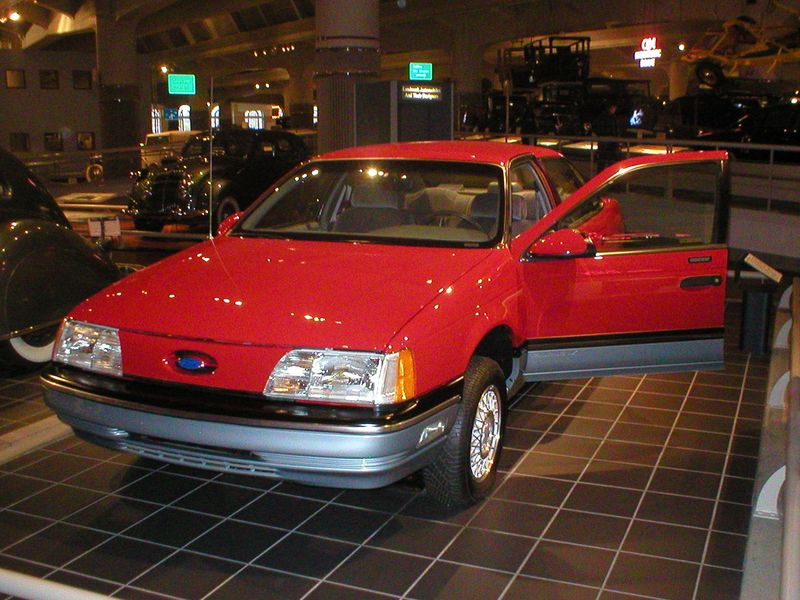
Fixing Minor Damage
Next, let's handle small repairs. Spot a crack or hole? No stress! For plastic panels—like ABS or PVC—a plastic adhesive or filler works wonders. Clean the area, apply the adhesive, and let it dry. If it's rough around the edges, lightly sand it with fine-grit sandpaper for a smooth finish.
Painted panels? Touch them up with matching paint for a fresh look. Safety first, though—wear gloves and work in a well-ventilated space.
Supplies You'll Need:
- Soft cloth
- Mild soap
- Water
- Vinegar (for tough stains)
- Plastic adhesive or filler
- Fine-grit sandpaper
- Matching paint (if needed)
FAQs
Do you have questions about car door panels? We've got answers!
What is the car door panel?
The car door panel is the part of the door that faces the inside of the car. It holds important features like window controls, door handles, and sometimes even speakers.
Why is PolyPropylene used in automotive?
Polypropylene (PP) is a superstar in the car world because it's tough, lightweight, and affordable. It can handle everyday wear and tear, doesn't add much weight to the car (which helps with fuel efficiency), and is easy to shape into different designs.
What are most car interiors made of?
Car interiors are like a mix-and-match of materials, each chosen for its job. For door panels, you'll often see plastics like PVC and ABS because they're durable and easy to clean. Other parts might use fabrics for comfort, leather for a luxe feel, or metals for strength.
What is the molding around a car door called?
That strip around the edge of your car door is called the door trim or door molding. It helps protect the door from scratches and dings, and it can also add a little extra style to your car's look. Plus, it helps seal the door when it's closed, keeping out noise and weather.
What is the manufacturing process of car door panels?
First, designers sketch out the look and features.
Then, they pick the right auto interior door panel materials—usually plastics like ABS or PP.
Next, they use techniques like injection molding (where melted plastic is poured into a mold) or thermoforming (heating and shaping plastic sheets) to create the panel.
Finally, it's assembled with other parts like handles and switches, ready to be installed in your car.
Conclusion
And there you have it—everything you need to know about car door panels and the car door panel materials that make them tick! Whether you're curious about why PolyPropylene is a carmaker's best friend or how to fix a pesky crack in your door panel, we hope this guide has been your go-to resource.
But here's the real takeaway: knowing your car door panel materials isn't just trivia—it's about making smart choices. Whether you're picking a new ride, planning a DIY repair, or just keeping your car looking sharp, understanding these materials helps you get the most out of your vehicle.
If you ever feel stuck or need expert advice, remember that dizo-global.com is here to help. With their top-notch resources and know-how, they're the perfect automotive door panel manufacturer for all your automotive needs including the best welding machines.






